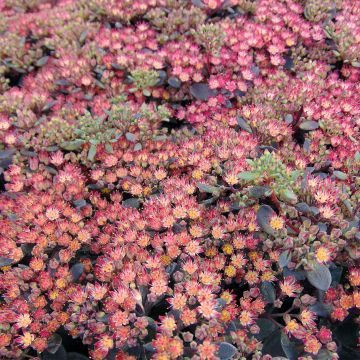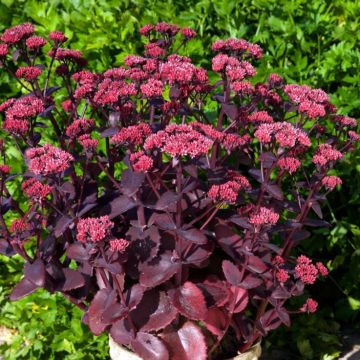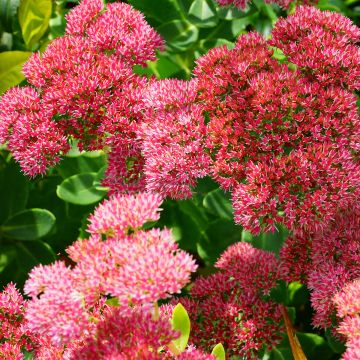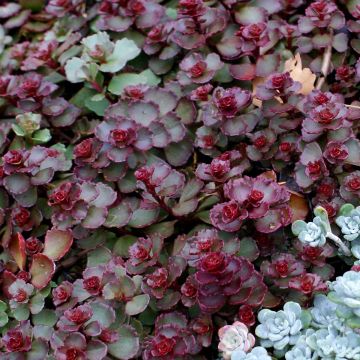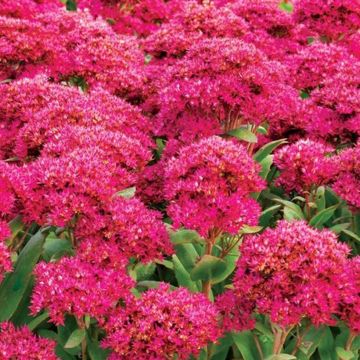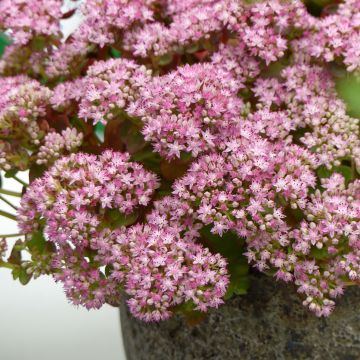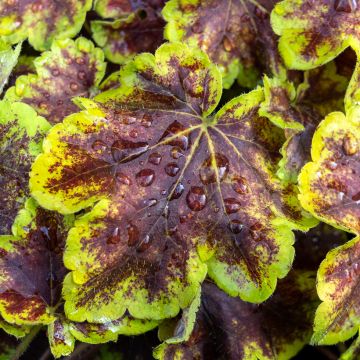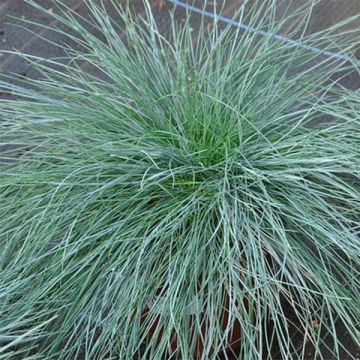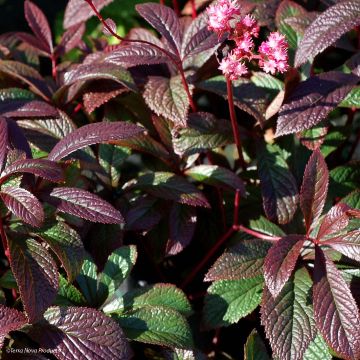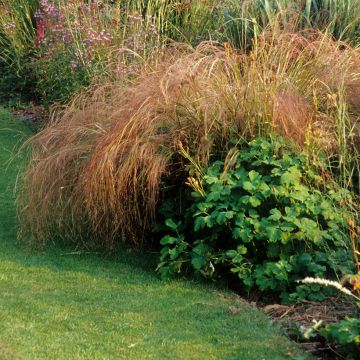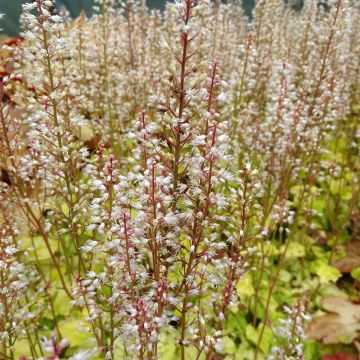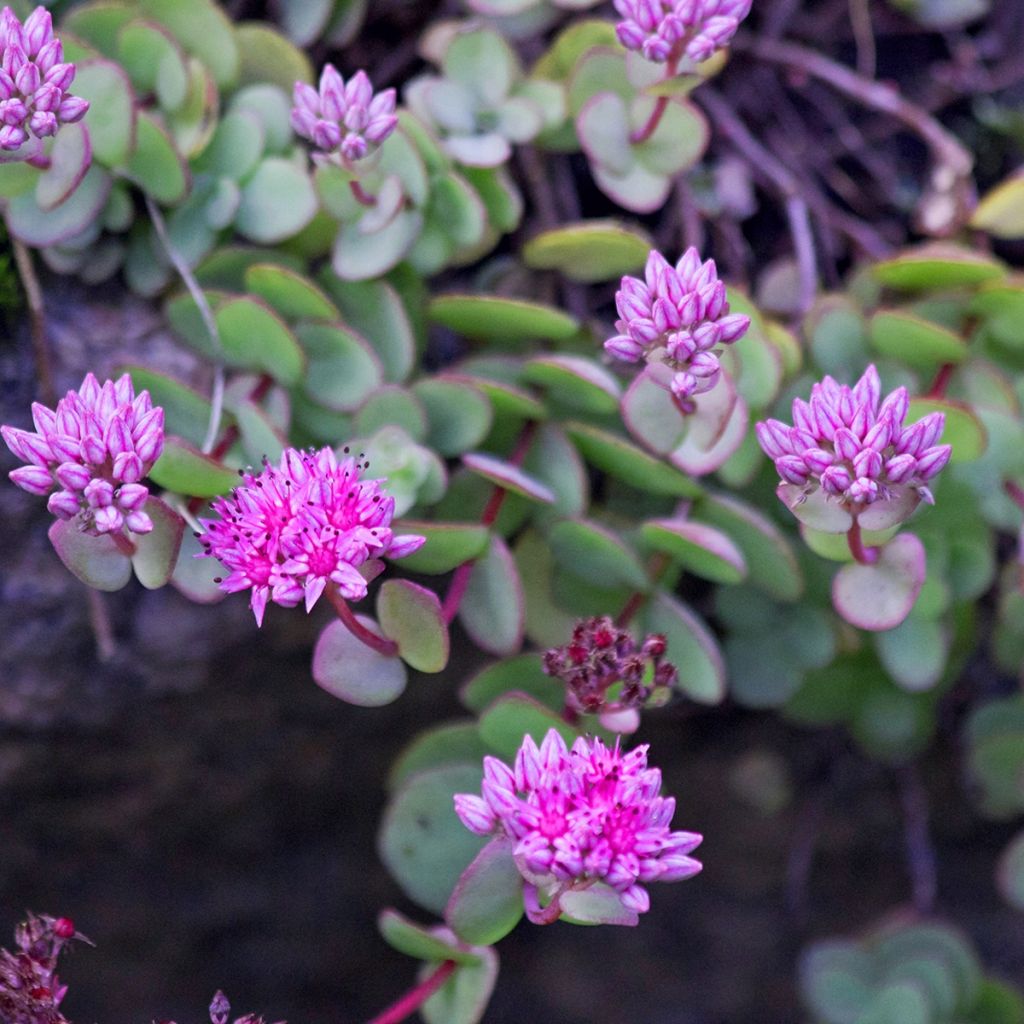

Hylotelephium ewersii Rose - Stonecrop
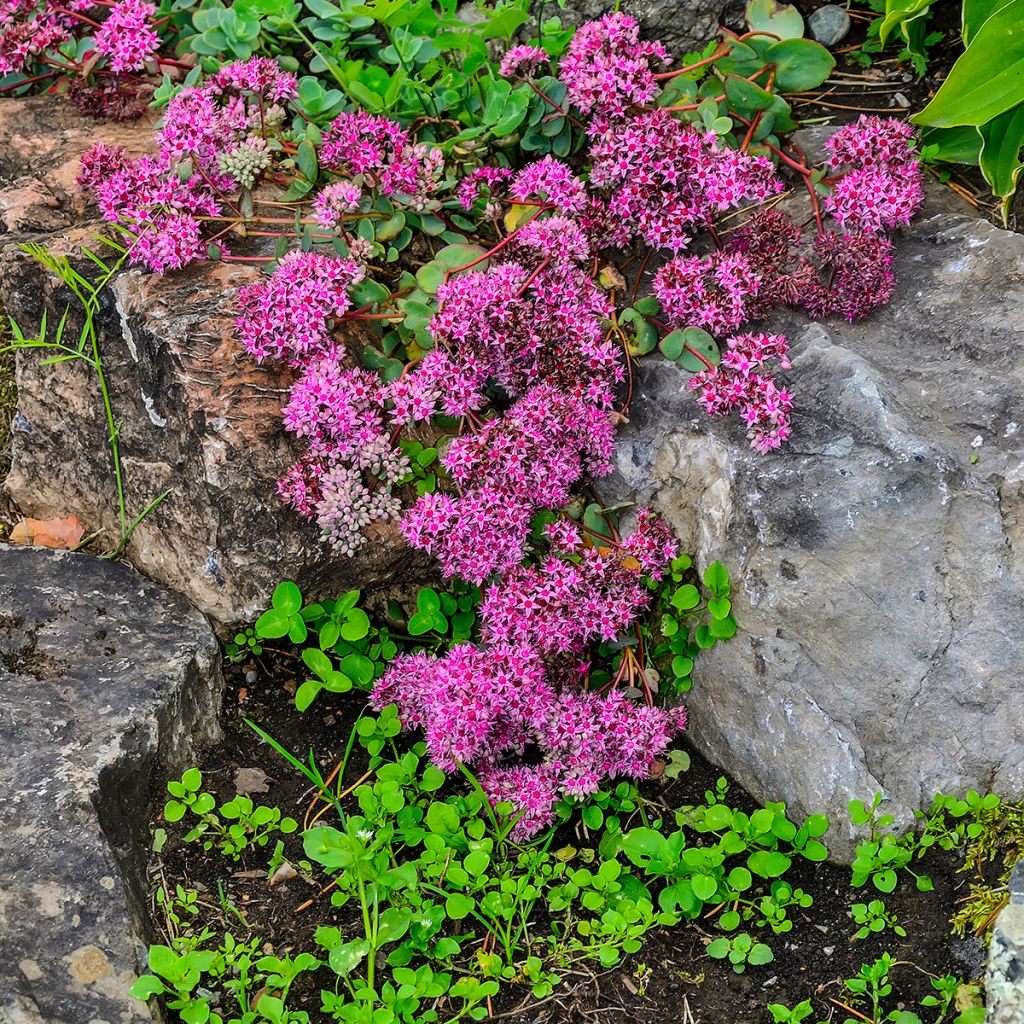

Hylotelephium ewersii Rose - Stonecrop
Hylotelephium ewersii Rose - Stonecrop
Hylotelephium ewersii Rose
Ice plant, Stonecrop, Orpine, Live-forever, Witch's Moneybags, Livelong
Special offer!
Receive a €20 voucher for any order over €90 (excluding delivery costs, credit notes, and plastic-free options)!
1- Add your favorite plants to your cart.
2- Once you have reached €90, confirm your order (you can even choose the delivery date!).
3- As soon as your order is shipped, you will receive an email containing your voucher code, valid for 3 months (90 days).
Your voucher is unique and can only be used once, for any order with a minimum value of €20, excluding delivery costs.
Can be combined with other current offers, non-divisible and non-refundable.
Home or relay delivery (depending on size and destination)
Schedule delivery date,
and select date in basket
This plant carries a 12 months recovery warranty
More information
We guarantee the quality of our plants for a full growing cycle, and will replace at our expense any plant that fails to recover under normal climatic and planting conditions.
Would this plant suit my garden?
Set up your Plantfit profile →
Description
Hylotelephium ewersii 'Rose', also known as Sedum ewersii, is a stonecrop that stands out for its silver-grey cushion-like shape and its summer flowering in shades of pink. The flowers are very attractive to bees, butterflies, and other pollinating insects. This small succulent perennial, with deciduous foliage, is an excellent ground cover that can easily adapt to dry conditions and very poor or dry soils. In the garden, it will fit well alongside other Sedums to create colourful carpets or green roofs.
Hylotelephium ewersii, synonymous with Sedum ewersii, commonly known as Himalayan Stonecrop, belongs to the Crassulaceae family. It is a robust perennial, first described in 1830 by Karl Friedrich Von Ledebour (1785-1851), a German botanist who discovered it during a botanical exploration in Siberia. The specific epithet "ewersii" is a tribute to Johann Philipp Gustav Von Ewers (1779-1830), a German legal historian. This succulent can be found in the subtropical and mountainous regions of Western Siberia, Central Asia, Afghanistan, Mongolia, and the Himalayas. It thrives at high altitudes (up to 4300 m (14108ft)) on arid soils, under harsh climates with extreme temperatures in winter and summer.
Sedum ewersii forms a small, flat cushion about 10 cm (4in) tall and 30 cm (12in) wide, with creeping, loose stems. They bear small, round, thick and fleshy, pale green to grey-green leaves (up to 2 cm (1in) in diameter) with unevenly toothed edges and a slight pinkish margin. The foliage is deciduous to semi-evergreen and may partially disappear in winter. In July and August, the flowering is particularly abundant and delicate. The flowers are pink or pale violet to reddish-purple, star-shaped, about 1 cm (0in) in diameter, arranged in clusters on short stalks.
This Himalayan Stonecrop can easily adapt to rocky, poor, dry soils in summer, even slightly chalky. It is a hardy perennial that can withstand very low temperatures down to -30°C (-22°F) and requires no maintenance, promising to bring the garden to life with butterflies. These succulents are easy to grow and have flowers and foliage in various shades that can be used to enhance rock gardens, slopes, walls, containers, and green roofs. However, they should not be exposed to excess moisture in winter or covered with dead leaves, as this could kill them. They prefer a sunny, even hot, exposure and will thrive in just a few millimetres of soil. Create a beautiful mosaic in the rock garden by planting Delosperma, houseleeks, crassula...
Report an error about the product description
Flowering
Foliage
Plant habit
Botanical data
Hylotelephium
ewersii
Rose
Crassulaceae
Ice plant, Stonecrop, Orpine, Live-forever, Witch's Moneybags, Livelong
Sedum ewersii
Himalayas
Other Sedum
View all →Planting and care
Sedum or Hylotelephium ewersii 'Rose' loves very sunny exposures as well as dry, rocky and poor soils, even limestone. You can plant it in the ground or in a pot in spring or autumn. Make sure to use a well-drained substrate and add some gravel if necessary. Conversely, if you place it in a rockery or on a wall, just give it a little bit of compost to allow it to establish. Afterwards, it will manage on its own.
If you want to propagate it, simply cut some roots that are already attached to their support and move them, burying them slightly.
look after your sedum by making sure it doesn't get covered with dead leaves or vegetation residue and by eventually removing the small faded inflorescences.
Planting period
Intended location
Care
This item has not been reviewed yet - be the first to leave a review about it.
Similar products
Haven't found what you were looking for?
Hardiness is the lowest winter temperature a plant can endure without suffering serious damage or even dying. However, hardiness is affected by location (a sheltered area, such as a patio), protection (winter cover) and soil type (hardiness is improved by well-drained soil).

Photo Sharing Terms & Conditions
In order to encourage gardeners to interact and share their experiences, Promesse de fleurs offers various media enabling content to be uploaded onto its Site - in particular via the ‘Photo sharing’ module.
The User agrees to refrain from:
- Posting any content that is illegal, prejudicial, insulting, racist, inciteful to hatred, revisionist, contrary to public decency, that infringes on privacy or on the privacy rights of third parties, in particular the publicity rights of persons and goods, intellectual property rights, or the right to privacy.
- Submitting content on behalf of a third party;
- Impersonate the identity of a third party and/or publish any personal information about a third party;
In general, the User undertakes to refrain from any unethical behaviour.
All Content (in particular text, comments, files, images, photos, videos, creative works, etc.), which may be subject to property or intellectual property rights, image or other private rights, shall remain the property of the User, subject to the limited rights granted by the terms of the licence granted by Promesse de fleurs as stated below. Users are at liberty to publish or not to publish such Content on the Site, notably via the ‘Photo Sharing’ facility, and accept that this Content shall be made public and freely accessible, notably on the Internet.
Users further acknowledge, undertake to have ,and guarantee that they hold all necessary rights and permissions to publish such material on the Site, in particular with regard to the legislation in force pertaining to any privacy, property, intellectual property, image, or contractual rights, or rights of any other nature. By publishing such Content on the Site, Users acknowledge accepting full liability as publishers of the Content within the meaning of the law, and grant Promesse de fleurs, free of charge, an inclusive, worldwide licence for the said Content for the entire duration of its publication, including all reproduction, representation, up/downloading, displaying, performing, transmission, and storage rights.
Users also grant permission for their name to be linked to the Content and accept that this link may not always be made available.
By engaging in posting material, Users consent to their Content becoming automatically accessible on the Internet, in particular on other sites and/or blogs and/or web pages of the Promesse de fleurs site, including in particular social pages and the Promesse de fleurs catalogue.
Users may secure the removal of entrusted content free of charge by issuing a simple request via our contact form.
The flowering period indicated on our website applies to countries and regions located in USDA zone 8 (France, the United Kingdom, Ireland, the Netherlands, etc.)
It will vary according to where you live:
- In zones 9 to 10 (Italy, Spain, Greece, etc.), flowering will occur about 2 to 4 weeks earlier.
- In zones 6 to 7 (Germany, Poland, Slovenia, and lower mountainous regions), flowering will be delayed by 2 to 3 weeks.
- In zone 5 (Central Europe, Scandinavia), blooming will be delayed by 3 to 5 weeks.
In temperate climates, pruning of spring-flowering shrubs (forsythia, spireas, etc.) should be done just after flowering.
Pruning of summer-flowering shrubs (Indian Lilac, Perovskia, etc.) can be done in winter or spring.
In cold regions as well as with frost-sensitive plants, avoid pruning too early when severe frosts may still occur.
The planting period indicated on our website applies to countries and regions located in USDA zone 8 (France, United Kingdom, Ireland, Netherlands).
It will vary according to where you live:
- In Mediterranean zones (Marseille, Madrid, Milan, etc.), autumn and winter are the best planting periods.
- In continental zones (Strasbourg, Munich, Vienna, etc.), delay planting by 2 to 3 weeks in spring and bring it forward by 2 to 4 weeks in autumn.
- In mountainous regions (the Alps, Pyrenees, Carpathians, etc.), it is best to plant in late spring (May-June) or late summer (August-September).
The harvesting period indicated on our website applies to countries and regions in USDA zone 8 (France, England, Ireland, the Netherlands).
In colder areas (Scandinavia, Poland, Austria...) fruit and vegetable harvests are likely to be delayed by 3-4 weeks.
In warmer areas (Italy, Spain, Greece, etc.), harvesting will probably take place earlier, depending on weather conditions.
The sowing periods indicated on our website apply to countries and regions within USDA Zone 8 (France, UK, Ireland, Netherlands).
In colder areas (Scandinavia, Poland, Austria...), delay any outdoor sowing by 3-4 weeks, or sow under glass.
In warmer climes (Italy, Spain, Greece, etc.), bring outdoor sowing forward by a few weeks.































